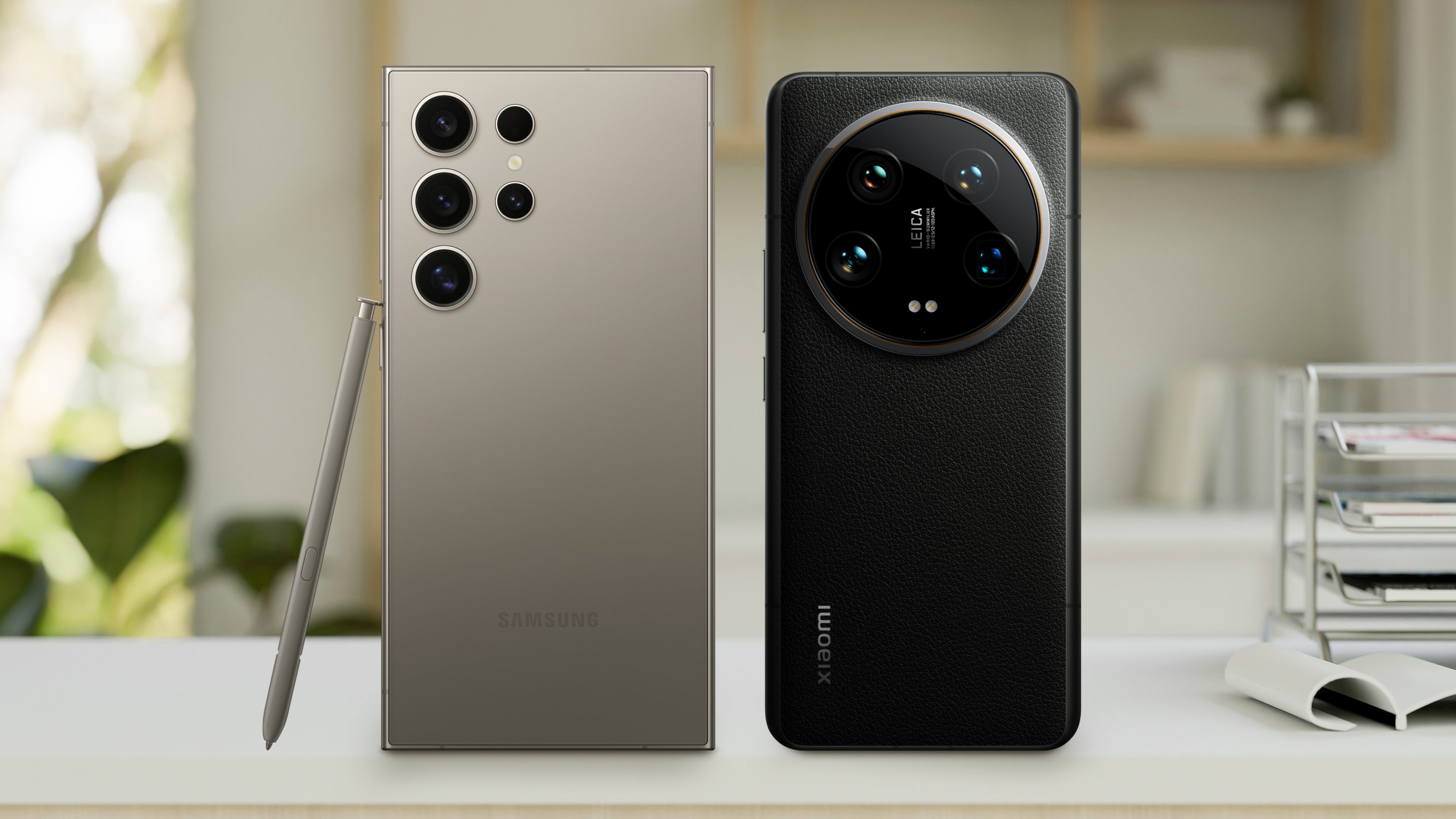
We have not yet been able to review the Xiaomi 14 Ultra in-depth, but the technical specifications and our first impressions give us good reason to expect great things. In this article, we’ll go through the various criteria such as design, display quality, performance, price, battery, software support, and not only important due to Xiaomi’s partnership with Leica, the camera, of course. Let’s find out whether the Xiaomi 14 Ultra has what it takes to dethrone Samsung from its perch in 2024.
Xiaomi 14 Ultra and Samsung Galaxy S24 Ultra: Technical specifications compared
| Xiaomi’s flagship | Samsung’s flagship | |
|---|---|---|
| Device | ||
| Image |
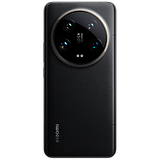 |
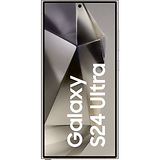 |
| Rating |
|
Samsung Galaxy S24 Ultra review |
| Price (MSRP) |
|
|
| Display |
|
|
| SoC |
|
|
| RAM | ||
| Storage |
|
|
| OS |
|
|
| Camera |
|
|
| Selfie camera | ||
| Battery capacity |
|
|
| Connectivity |
|
|
| IP certification | ||
| Dimensions and weight |
|
|
| Check offer* |
Xiaomi 14 Ultra vs. Samsung Galaxy S24 Ultra: Display and Design
In terms of design, this is pure smartphone porn in my opinion. Both manufacturers offer state-of-the-art build quality and design in their respective flagships. Vegan leather at the back with “Xiaomi Shield Glass” in front on the Xiaomi 14 Ultra, while Gorilla Glass Armor graces both the front and back of the S24 Ultra accompanied by a titanium frame to ensure an exquisite look and feel for both devices.
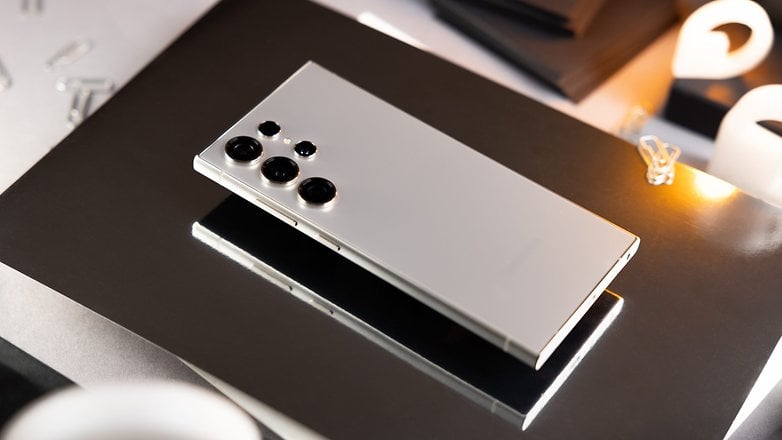
The rear and sides also exude a premium scent. Samsung does not dare to experiment boldly and retain the look of the Galaxy S23 Ultra (review), i.e. sporting the iconic floating elements. Xiaomi takes a similar approach, keeping to the same camera arrangement while brazenly sporting the Leica brand name which we are already familiar with in the Xiaomi 13 Ultra (review). Needless to say, both handsets are, of course, IP68-certified.
If you like to use a stylus for input, you will no doubt be familiar with the embedded S Pen in the Galaxy S24 Ultra. If you value this smart stylus, you will inevitably have to go for the Samsung flagship, as there is nothing equivalent in the Xiaomi 14 Ultra.
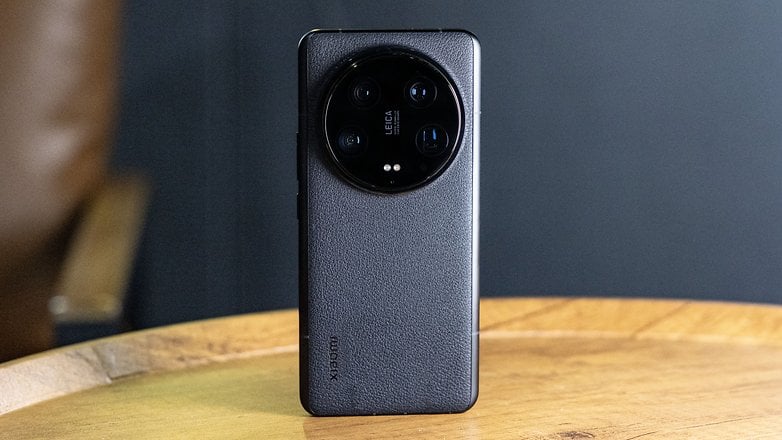
With dimensions measuring 161.4 x 75.3 x 9.2 mm and a weight of 219.8 g, the 6.73-inch Xiaomi 14 Ultra is slightly smaller and approximately 12 grams lighter, but also slightly thicker than the Galaxy S24 Ultra. This brings us to the display, where both models rely on a flat design. At 6.8 inches, Samsung is slightly larger, but the 3088 x 1440 px resolution is slightly less compared to Xiaomi’s 3200 x 1440 px, giving the Chinese smartphone giant the edge in terms of pixel density.
Nevertheless, both AMOLED panels are beyond reproach. Thanks to LTPO technology, refresh rates on both devices vary between 1 and 120 Hz, which is now considered the standard in flagships. At 3,000 nits (Xiaomi 14 Ultra) and 2,600 nits (Galaxy S24 Ultra) peak brightness respectively, both smartphones are also incredibly bright.
Xiaomi 14 Ultra vs. Samsung Galaxy S24 Ultra: SoC and Performance
This category smells like a draw because both the Xiaomi 14 Ultra and the Galaxy S24 Ultra rely on Qualcomm, or more precisely: the flagship Snapdragon 8 Gen 3 SoC!
I already mentioned that this comparison remains a little undecisive, as we lack the final and detailed review of the Xiaomi 14 Ultra. As a point of reference, I will therefore compare the S24 Ultra with the basic Xiaomi 14 model which is also powered by the Snapdragon 8 Gen 3 SoC. As soon as we publish the Xiaomi flagship’s review, we will update this table accordingly.
| Xiaomi 14 (Snapdragon 8 Gen 3) |
Galaxy S24 Ultra (Snapdragon 8 Gen 3) |
|
|---|---|---|
| 3DMark Wild Life Extreme | 5,174 | 5,094 |
| 3DMark Wild Life Stress Test |
|
|
| 3DMark Wild Life Extreme Stress Test |
|
|
| 3DMark Solar Bay | 8,597 | 8,373 |
| 3DMark Solar Bay Stress Test |
|
|
| Geekbench |
|
|
As you can see in the table, every model performed well in these benchmarks. I’ll keep it short: If performance is your main criterion when buying a new smartphone, it doesn’t matter which of the two handsets you treat yourself to. Both performed great thanks to the power of Snapdragon’s top chipset. You won’t find anything better in the vast sea of smartphones right now.
As soon as we have reviewed the Xiaomi 14 Ultra, we will also be able to say something about how the additional RAM (16 GB vs. 12 GB) affects performance. While we’re on storage: Xiaomi only offers us one option in Europe with 512 GB, which is a bit of a shame. Samsung is better positioned with 256 GB, 512 GB, and 1 TB options.
Both handsets are almost on par in terms of connectivity: Wi-Fi 7 is available on both, Bluetooth 5.4 features on the Xiaomi 14 Ultra while you ‘only’ get Bluetooth 5.3 on the Galaxy S24 Ultra. However, only the Samsung flagship has UWB support.
Xiaomi 14 Ultra vs. Samsung Galaxy S24 Ultra: Software
I already mentioned this in our comparison between the Xiaomi 14 and Galaxy S24(+): The software is Samsung’s domain in the Android world. Seven years of Android updates and security patches speak for themselves. However, Xiaomi is also learning fast in this department. With the Xiaomi 14 Ultra, we can expect five years of security updates and four years of Android updates.
Of course, both smartphones are already running on Android 14, with Samsung powering its OneUI 6.1 skin on top of Android, while Xiaomi has made the switch from MIUI to the new HyperOS. I really like both user interfaces and believe that personal preference also plays a major role here. You will be able to find practical features and real added value in both skins.
It is worth mentioning that Samsung has laid down a marker with its commitment to artificial intelligence with Galaxy AI, where many features originated from its partnership with Google. However, Samsung has failed to successfully convince my colleague Antoine of the advantages of Galaxy AI in his Galaxy S24 Ultra review. The S Pen is perhaps a more decisive factor, as it gives the Galaxy S24 Ultra the edge in terms of usability and functionality that the Xiaomi 14 Ultra cannot counter.
Xiaomi 14 Ultra vs. Samsung Galaxy S24 Ultra: Camera
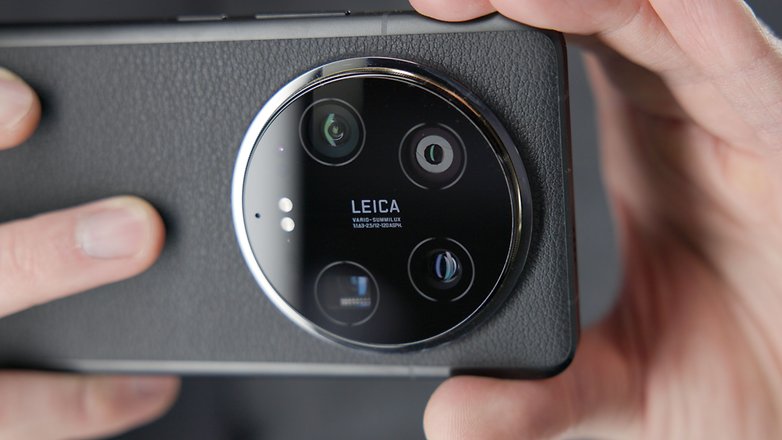
Let’s move on to the category where things get serious. I would say that quite a few buyers who opt for one of these two smartphones do so because of the camera capability. For good reason, too, because in this price category, it is often the cameras that make the difference between an undoubtedly good smartphone and an outstanding one.
Anyone who can write “Leica” in bold letters on their camera system naturally has high expectations. We still have to see for ourselves in a detailed review but the base specifications sound really good: a massive 50 MP image sensor known as LYT-900 has a 1-inch sensor size and a continuously adjustable aperture of f/1.63-f/4.0 that spearheads the Xiaomi 14 Ultra’s camera line-up. There are three additional sensors of 50 MP each for the ultra-wide angle, telephoto (3.2x), and periscope camera (5x).

Samsung has a very similar line-up, so in addition to the 200 MP main camera, it also uses an ultra-wide angle camera (12 MP) and two telephoto cameras with 3x and 5x magnification, respectively. A 10 MP sensor is, once again, responsible for the 3x zoom, but the 50 MP camera which enables a fivefold optical zoom instead of 10x in its predecessor, is new.
I found it very interesting that Samsung is very flexible when it comes to the number of megapixels, while Xiaomi pursues a balanced strategy. Instead of relying on a 200 MP sensor, which is no doubt impressive from a marketing point of view, Xiaomi prefers consistency across its four different cameras. Each 50 MP camera is from Sony. Samsung continues to offer a 12 MP shooter in front, while Xiaomi bumps up the megapixel count to 32 MP.
Samsung’s camera array has not changed significantly compared to the S23 Ultra, but that mean it is a bad thing. On the contrary, the new strategy for the telephoto cameras sounds logical and its performance in the review was above average. Samsung’s only weaknesses would be the Portrait Mode and Night Mode, although this is nitpicking at an extremely high level.
We still lack our impressions of the Xiaomi 14 Ultra’s camera. That’s why I have to hold off until the final Xiaomi 14 Ultra review is completed for this category and the individual camera test to boot, which will also be available to our dear readers.
As soon as this is completed, we will update this article with galleries from both smartphones. If I understood my colleague Stefan who has already spent some time with the Xiaomi 14 Ultra at MWC 2024, the Xiaomi 14 Ultra could possibly beat the Galaxy S24 Ultra in terms of photo quality. Let’s wait and see.
Xiaomi 14 Ultra vs. Samsung Galaxy S24 Ultra: Battery and Fast Charging
The battery section belongs to Xiaomi! I don’t understand Samsung’s strategy here. A 45 W charging speed doesn’t really bother me, as I already explained on nextpit (and was even satisfied with 25 W at that time).
That’s my personal view, because I sit on my butt in my home office all day long and usually have no problems leaving a smartphone plugged in for a longer period. From a neutral point of view, however, I think that Samsung’s insistence on 45 W for its flagship and 25 W otherwise is a little outdated.
To cut a long story short: Samsung offers us Fast Charging with 45 W, while Xiaomi does it twice as fast with the Xiaomi 14 Ultra at 90 W in Boost mode. To Samsung’s credit, I should mention that the 5,000 mAh battery (the same capacity as the Xiaomi 14 Ultra’s) lasts for a very long time. The battery life test has yet to be carried out on the Xiaomi phone.
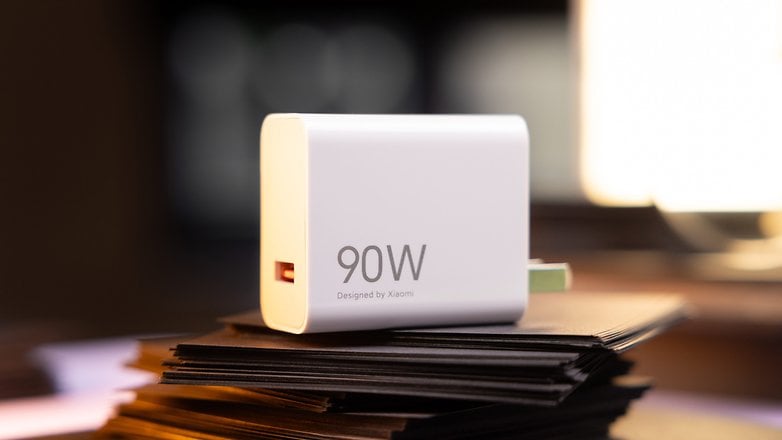
What’s even more amazing? Even when it comes to wireless charging, the Xiaomi 14 Ultra is worlds faster at 80 W than the Galaxy S24 Ultra with a cable. Wirelessly, the Samsung flagship plods along at a very comfortable 15 W. Both are also capable of reverse wireless charging, which is super practical if you need to charge your wireless earbuds on the go. Xiaomi is also faster in this department (10 W compared to 4.5 W for Samsung).
Xiaomi delivered the final battery death blow to the South Koreans in the packaging: The 90 W charger is included by Xiaomi while Samsung does not include anything and parks that as being environmentally friendly.
Xiaomi 14 Ultra vs. Samsung Galaxy S24 Ultra: Price and Availability
In China, Xiaomi offers different options in terms of RAM count and internal storage, but only one version will make it to Europe: the one with 16 GB RAM and 512 GB storage. The device can already be pre-ordered for €1,499.90 and will ship on March 19. If you place a pre-order for the device before March 18, you will receive the €199 Photography Kit for free.
Samsung is slightly cheaper at €1,449 a pop, but you will “only” receive 256 GB of memory. If you want to catch up with Xiaomi with 512 GB storage, you will have to fork out €1,579, giving Xiaomi a slight edge. Bear in mind this is in Europe only as Xiaomi does not have an official presence in the US market. When you consider the US pricing, the Samsung Galaxy S24 Ultra wins hands down.
You can see an overview of all recommended retail prices below:
Galaxy S24 price overview
| Device | Memory | Price |
|---|---|---|
| Xiaomi 14 Ultra | 512 GB | €1,499.90 |
| Samsung Galaxy S24 Ultra | 256 GB | $1,299.99 / €1,449.00 |
| Samsung Galaxy S24 Ultra | 512 GB | $1,419.99 / €1,579.00 |
| Samsung Galaxy S24 Ultra | 1 TB | $1,659.99 / €1,819.00 |
Of course, you will have to consider how the Samsung Galaxy S24 Ultra has been on sale for a while now, which means the current street price for the 512 GB version of the Galaxy S24 Ultra sometimes drops under the €1,300 mark.
Xiaomi 14 Ultra vs. Samsung Galaxy S24 Ultra: Conclusion
Without an in-depth review of the Xiaomi 14 Ultra, the “conclusion” is, at best, a preliminary one—for now. On paper, we can see that the Xiaomi 14 Ultra doesn’t have to cower behind the Galaxy S24 Ultra in terms of design, display, or performance. The price is even more attractive than its rival from South Korea, at least based on the RRP, while its battery and charging speed are clearly ahead of Samsung. Hopefully, the battery life will be just as decent.
The Xiaomi 14 Ultra will also be featured in this article soon: The best Xiaomi smartphones
To make a concrete recommendation for or against one of the two devices seems impossible at this juncture. We are all excited to see what Xiaomi’s camera is capable of, but either way, both are outstanding flagship smartphones which makes it tough to make a bad purchase decision.
Let’s dive deeper into this as soon as we finish reviewing the Xiaomi 14 Ultra. As the proud and still shock-obsessed owner of a Galaxy S24 Ultra, I have to take my imaginary hat off to acknowledge what Xiaomi has achieved this time.
Are you just as excited about the Xiaomi 14 Ultra review as I am? Let me know in the comments which flagship monster wins it for you and how you think the Xiaomi 14 Ultra would fare.






